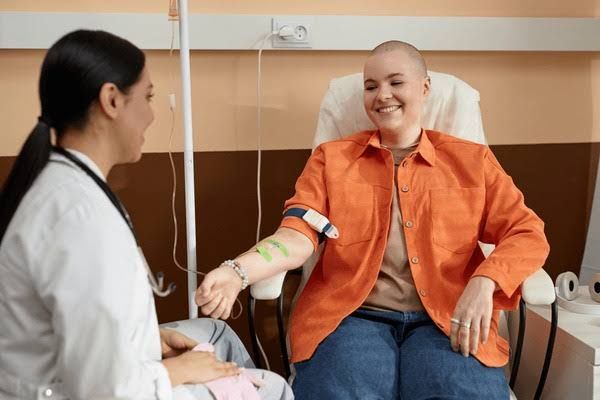
A patient undergoing chemotherapy for breast cancer is experiencing nausea and vomiting. Which class of medications would be most appropriate to manage these symptoms?
- A) Antihistamines
- B) Antipsychotics
- C) Serotonin receptor antagonists (5-HT3 antagonists) ✓
- D) Proton pump inhibitors
Nausea and vomiting are common side effects experienced by patients undergoing chemotherapy, particularly for breast cancer. The management of these symptoms is crucial for maintaining the patient’s quality of life and adherence to treatment regimens.
Understanding the Options
- Antihistamines: This class of medications, which includes drugs like diphenhydramine and meclizine, can be effective for motion sickness and some types of nausea but are not typically first-line treatments for chemotherapy-induced nausea and vomiting (CINV).
- Antipsychotics: Medications such as olanzapine have been studied for their antiemetic properties, particularly in refractory cases or when combined with other agents. However, they are not standard first-line therapy for CINV.
- Serotonin Receptor Antagonists (5-HT3 Antagonists): This class includes ondansetron, granisetron, and palonosetron. These medications are specifically designed to block serotonin receptors in the gastrointestinal tract and central nervous system, which play a significant role in triggering nausea and vomiting associated with chemotherapy.
- Proton Pump Inhibitors (PPIs): While PPIs like omeprazole are effective in reducing gastric acid secretion and managing gastroesophageal reflux disease (GERD), they do not directly address nausea or vomiting caused by chemotherapy.
Conclusion
Given the specific context of managing nausea and vomiting due to chemotherapy, the most appropriate class of medications is C) Serotonin receptor antagonists (5-HT3 antagonists). These agents have been extensively studied and are widely recognized as effective in preventing both acute and delayed CINV.







